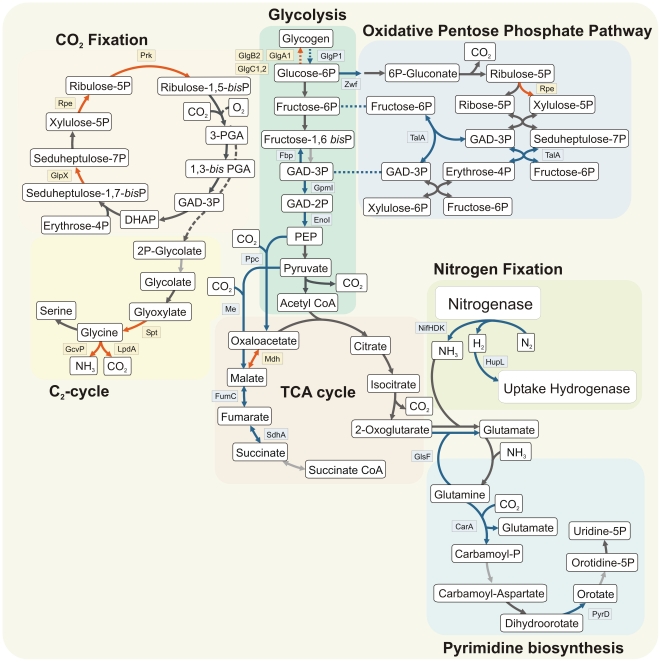Figure 5. Overview of diurnal changes in the abundance of proteins involved in central metabolic pathways during a circadian cycle.
Enzymatic steps involving proteins with maximal abundance during the dark are shown in blue, while proteins with peak expression during the light period are represented by red arrows. Dark grey colored arrows indicate proteins without significant changes in their abundance during a diurnal period while light grey colored arrows represent proteins that were not detected. GlgA1: glycogen synthase, GlgB2: 1,4-alpha-glucan branching enzyme, GlgC1,2: glucose-1-phosphate adenylyltransferase, GlgP1: glycogen phosphorylase, Zwf: glucose-6-phosphate dehydrogenase, TalA: transaldolase AB family, Fbp: fructose 1,6 bisphosphatase I, GpmI: 2,3-bisphosphoglycerate-independent phosphoglycerate mutase, EnoI: Enolase, Ppc: Phosphoenolpyruvate carboxylase, Me: malic oxidoreductase, Mdh: Malate dehydrogenase, FumC: fumarate hydratase, SdhA: succinate dehydrogenase subunit A, NifHDK nitrogenase subunits HDK, HupL: uptake hydrogenase large subunit, GlsF: ferredoxin-dependent glutamate synthase, CarA: carbamoyl phosphate synthase, PyrD: dihydroorotate dehydrogenase, Prk: phosphoribulokinase, Rpe: ribulose-phosphate 3-epimerase, GlpX: fructose-1,6-bisphosphatase II, Spt: serine:pyruvate/alanine:glyoxylate aminotransferase, GcvP: glycine carboxylase, LpdA: dihydrolipoamide dehydrogenase, 3-PGA: 3-phosphoglycerate, 1,3-bis PGA: 1,3 bis-phosphoglycerate, GAD-3P: glyceraldehyde-3-phosphate, DHAP: dihydroxy acetone phosphate.

